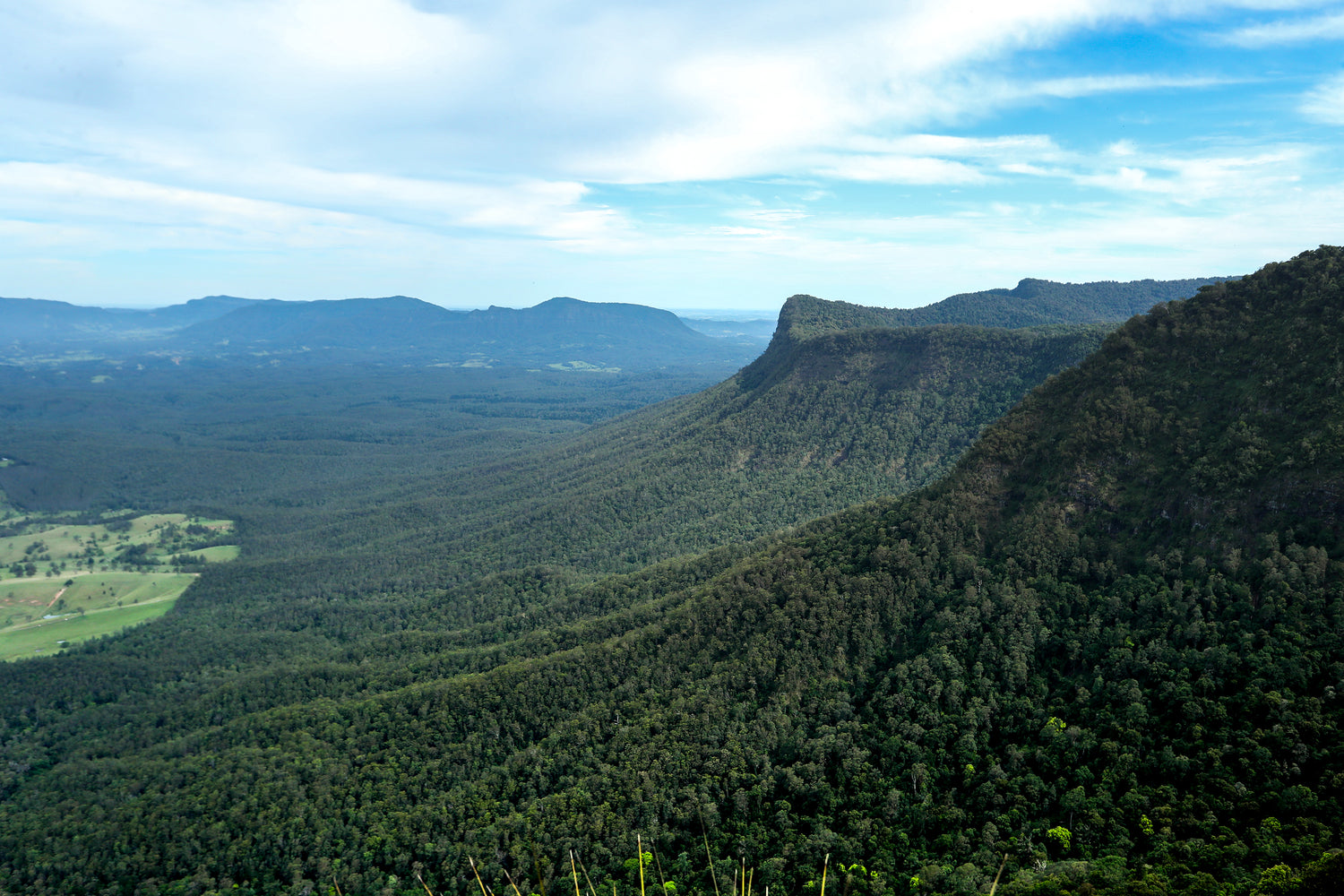Burning Questions

The Right vs Wrong Fire
When we apply the right type of fire to the right type of Country at the right time of year, we see the native ecosystems start to regenerate.
When we apply the wrong fire, we see the burning of the canopy and soils, destroying animal habitats and creating long-term fuel problems that completely negate the regenerative qualities of fire.

What is a ‘Dendrological Approach’?
Our extensive research shows that the interactions between forests, water, and energy are critical for survival. By storing carbon, cooling terrestrial surfaces, and distributing water resources, forests and trees have a vital function in regulating the water, energy, and carbon cycles. By ignoring these functions, planners may find it difficult to evaluate, adjust, or mitigate the impact of changing land cover on the environment and climate.
Understanding how trees and forests affect the water, energy, and carbon cycles has important implications for planning and management structures and how government institutions can improve sustainability, adaptation, and mitigation efforts. The research we reviewed and analysed on forests and trees provides a solid foundation for improving policies and actions.

Why is timing important for Cultural Burns?
The application of fire is critical. It must take place at the appropriate time of year. The Country, according to Indigenous experts, reveals when it is appropriate to use fire: indicators such as when trees flower and native grasses cure. The landscape contains the knowledge. We will be able to apply those fire practises once we have learned how to read the landscape and interpret that knowledge.
When the rains arrive and the wet season returns in November, the bushfire threat usually ends. If fires are started too early, thick shrub grows afterward, creating a large fuel load that is difficult to manage. If fires are started too late, trees 'explode,' and there will be little left after the fire has passed. These fires produce more greenhouse gases than early-season fires.

continued...
Because each system has its own identity and needs, the appropriate time is determined by the ecosystem of the burn area.
The concept of a cool fire is central to fire management. Cool fires are best enjoyed at night or early in the morning. Plants sweat flammable oils during the day, and dew helps to cool the fire. The wind is often gentle during a morning burn, assisting Indigenous people in directing the fire. Without the assistance of the wind, burning cannot occur at the appropriate time. The sun, on the other hand, encourages the fire to burn. Cool fires do not bake seeds or nutrients in the soil, nor do they destroy root systems. Because the flames are so low, they cannot ignite the tree canopy and can only char the bottom bark. They do not burn down trees or logs that have fallen to the ground. Cool fires help to change the vegetation structure by reducing the density of plants such as Bracken Fern and Casuarina, which lead to high fuel loads. Hot fires, like hazard reduction burns, will encourage their regrowth.


